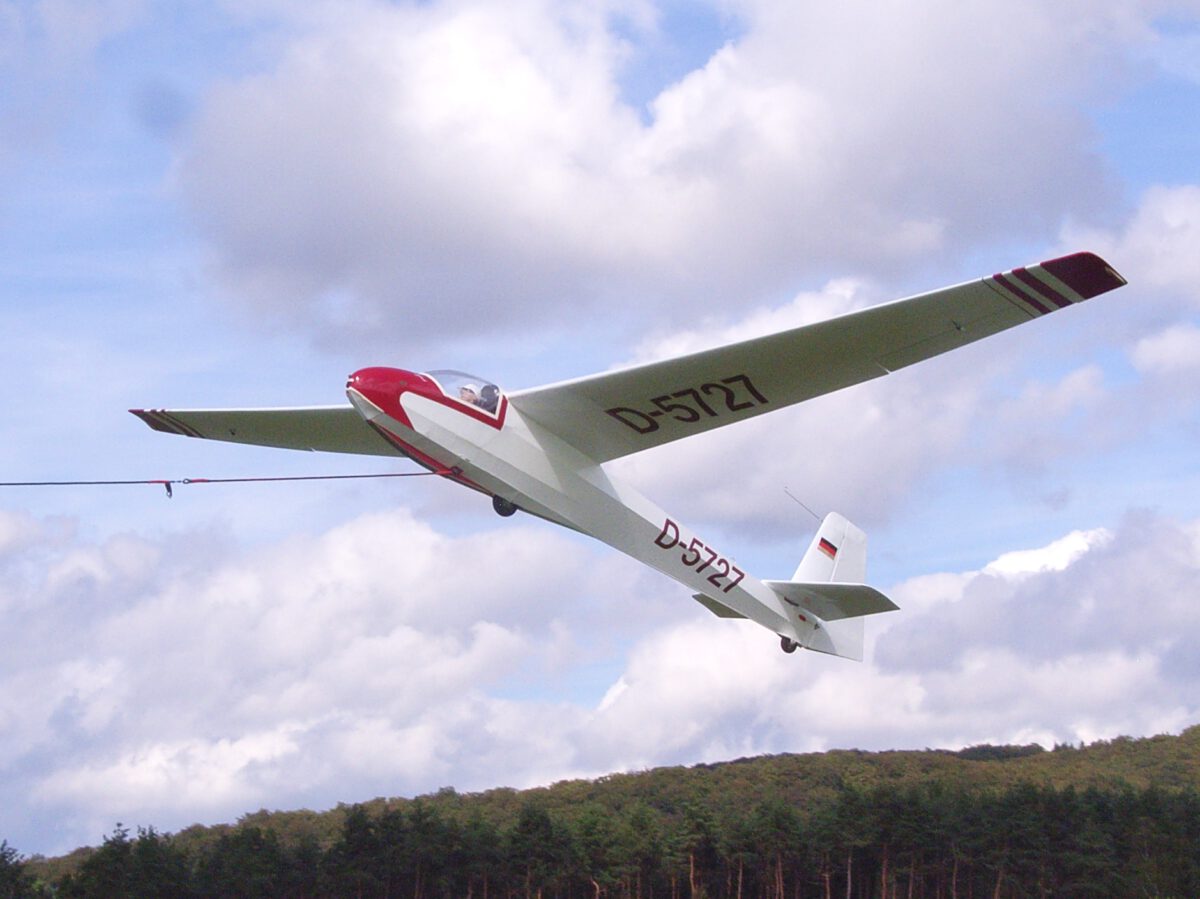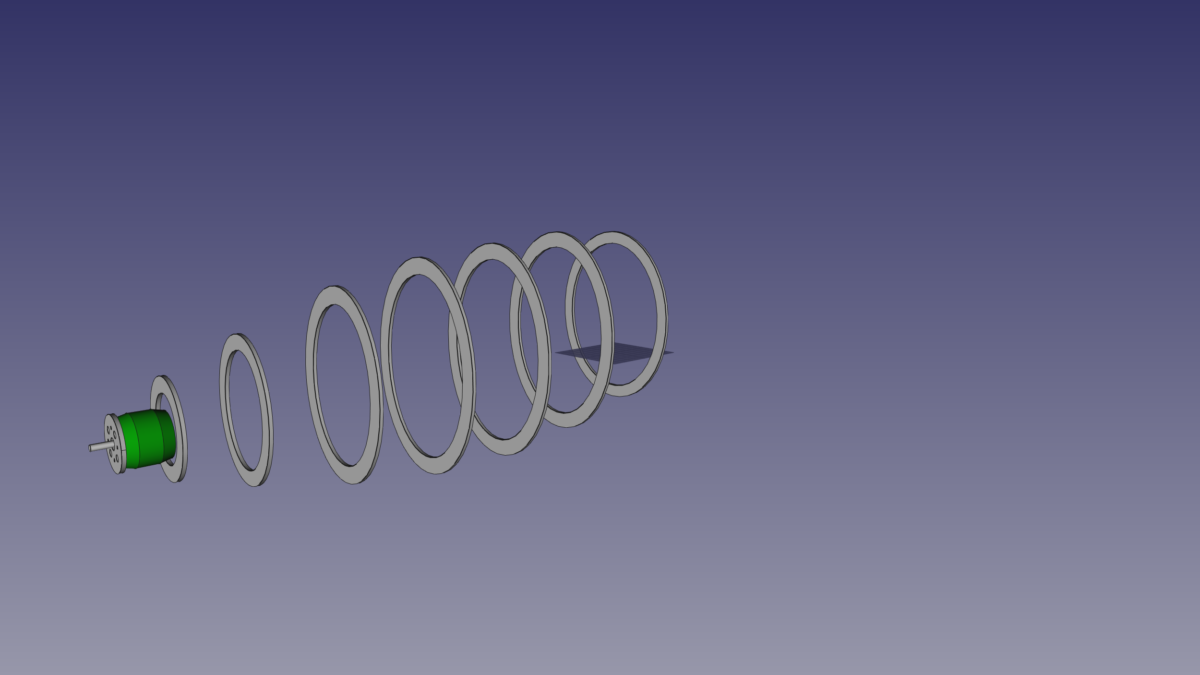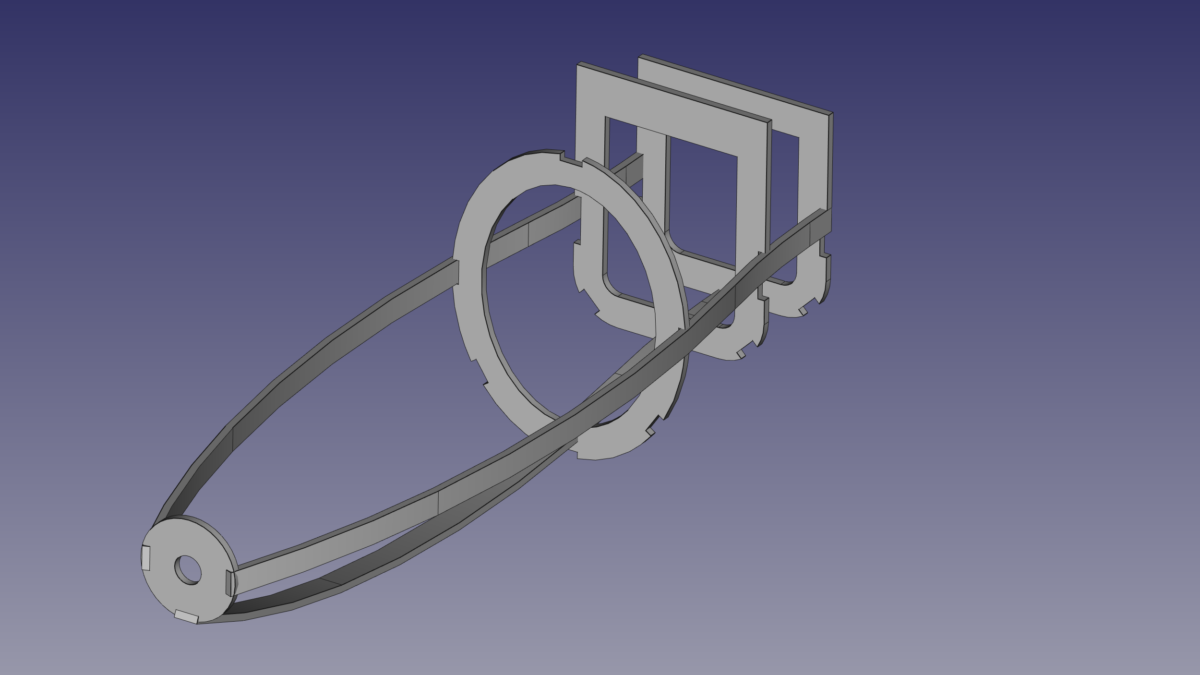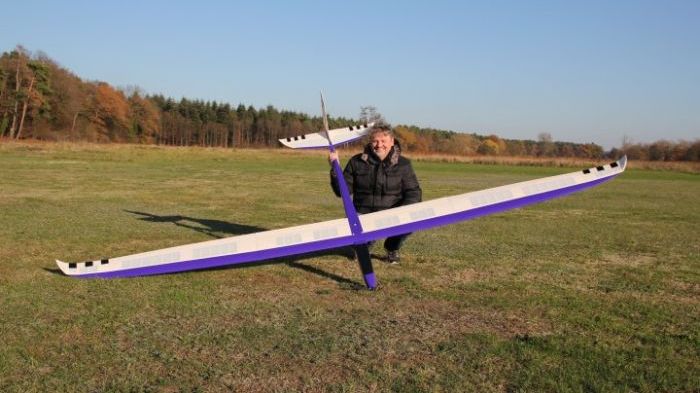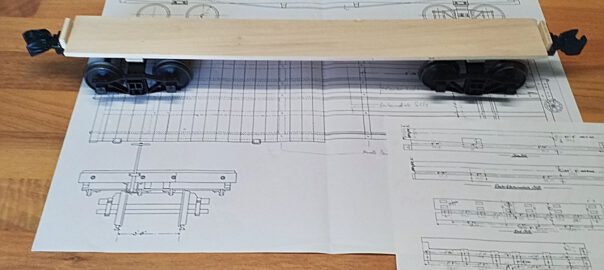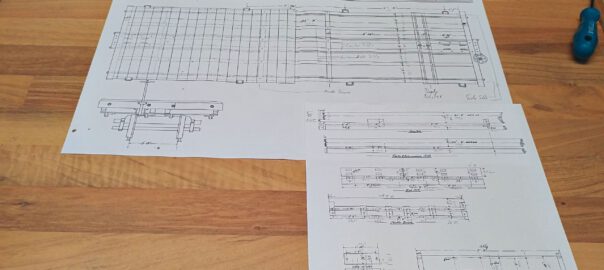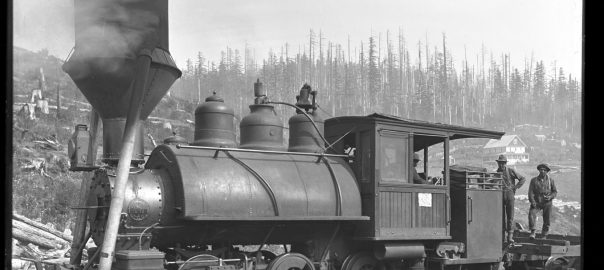Today, I’d like to announce my new model aircraft building project: A Schleicher K 8b (or short: Ka8b) on a scale of 1 : 5.
She’s a one-seater soaring plane from the 1950s, and due to her simple, but rugged construction she’s still in service today, especially suitable for beginners making their first solo flights.
That sound a bit like me, doesn’t it…

